
I’ve read two articles this week that appear critical of Flickr and thought I’d take a moment to address both, as well as share some of my own thoughts on Flickr. I have been a heavy Flickr photographer for over a decade and for most of this past decade have been active on the site on a daily basis. I’m also active on a number of other photo related and social networking sites as well.
The first article out comes from PhotoShelter’s Allen Murabayashi via Petapixel and is titled, “Flickr’d Out: The Rise and Fall of a Photo Sharing Service.” The second article comes from Wired by David Pierce and is titled, “Time to Give up on Flickr Everybody.”
The primary objection in both articles seems to relate to Flickr’s recent decision to limit their desktop uploader to paid Pro accounts only.
Personally speaking I don’t use Flickr’s desktop uploader. I would rather carefully curate my library of images on Flickr than use Flickr as a dumb dumping ground or shoebox for every single photo I’ve ever taken in my life. However, I do understand Flickr’s decision to limit this tool to paid accounts. Storage is not free and replicated enterprise storage is even more costly than your standard 2TB Western Digital or Seagate Amazon special.
My guess (just a guess) as to why Flickr made this change has to do with the value proposition. If some Flickr users were simply using Flickr as a place to backup their desktop photos without really sharing photos or engaging in the site, this might have very limited value to Yahoo. Yahoo is giving users something of value by providing them with a free terabyte of storage for photos, but if free users are just dumping private photos to the site as a backup source and not engaging socially, this significantly diminishes the value to Yahoo. In my mind it makes sense to expect these users to pay for storage. Yahoo could just go on providing everyone this free storage for the goodwill it generates, but this would make it harder for Flickr to remain profitable longer term.
Even though I do not use the desktop uploader, I am a paid Flickr Pro user and have been for over 10 years and will continue to be for probably as long as Flickr continues to exist and honor the terms of my original agreement with them. Flickr remains the primary library for my archive of images for several important reasons.
1. Flickr is giving me an unlimited amount of photo storage as a paid-Pro member. Yes, that is right, as a legacy Pro account Flickr has given me *unlimited* photo sharing. Flickr now limits accounts to 1 terabyte, but for 99.9% of folks that still is effectively unlimited.
Even if you filed up a terabyte though you could always simply open up a second Flickr account if you wanted.
In my case I am actually one of those rare .1% that uses over 1 terabyte. Having uploaded almost 115,000 full sized DSLR high res photos to the site over the past decade my storage use currently stands at 1.07 terabytes of unlimited. If you are lucky enough to have one of the old skool Flickr Pro accounts I’d encourage you to never let it lapse.
2. Flickr allows full high res original JPG uploads. A lot of people point to Google Photos’ free desktop uploader as a reason not to pay for Flickr Pro. However, there is one very important difference between Flickr and Google Photos. Google Photos downsizes and resizes your photos to a high quality web version. While this may be fine for looking at your photos on the web, if you ever need a high res original you will have to pay Google for storage.
Google would charge you $ 9.99/month for a terabyte of high res original storage which would equate to $ 119.88/year vs. Flickr Pro at $ 49.99/year. When announcing the change for their desktop uploader Flickr also offered users a 30% discount so you can get Flickr Pro right now for $ 34.99/year. $ 35 a year for a terabyte of full, perfect JPG originals is a pretty good deal in my opinion and less expensive than Google Photos.
I also use Google Photos in addition to my paid Flickr account and think it is a great service as well, but if you are using it as your primary cloud based backup, you should beware that your photos will be downsized unless you pay. In my case, I sell a lot of my photos and most image buyers need a high res original. It’s nice that I can just send them a link to the high res original on Flickr and they can easily download the photo directly from Flickr.
3. Flickr let’s me organize my albums by keywords. Albums are very important to me. I have over 2,000 albums at this point. I have albums for my photos that have been favorited 100 times or more. I have albums for photos that have green as the primary color. I have albums of bands and musical acts that I’ve photographed. I have albums for each city of the 100 largest American cities that I’m currently photographing.
Flickr let’s me create albums and collections both, but the key difference between Flickr and Google Photos here is that using Flickr’s API, Jeremy Brooks has built SuprSetr which will automatically scan all of my photos and group photos into the correct albums based on the keywords that I enter for my images as part of my workflow in Adobe Lightroom. This automation makes managing albums so much easier.
4. Flickr allows me to share all of my images both publicly and privately. In my case 99% of the images I post to Flickr are public. I like using Flickr as public place to share my archive with the rest of the world. Google Photos services is really designed for private photos only.
On Google Photos you have to share photos or albums manually and public photo sharing is much more difficult. I’ve also found that sharing photos can take up to an hour for a link to work on Google Photos and the whole sharing process is very buggy. I like the feedback that I get on my photos from the broader public on Flickr. I sort of look at Flickr as my own personal art gallery and love that people can browse my photos and favorite, tag and comment.
You can keep photos private on Flickr as well, but it has a much better public option for photos than Google Photos.
5. Flickr is social. Even though Facebook and Instagram are probably considered more social than Flickr, I still find Flickr to be a very social place. I have many old friends and many new friends that I’ve met on Flickr and interact with on a daily basis.
I think Flickr lost a bit of their social when they redesigned groups and shifted the emphasis away from forums and hope that at some point they bring groups back to what they can and should be, but even without strong groups I find the daily social interaction I get from other Flickr users to be a very fun part of using the service for me.
Every day I comment on photos and others comment on mine. I’ve met many people from Flickr personally as I’ve travelled around the country and have found it to be a wonderful engaging and social place for friendships.
6. Flickr Pro is ad-free. This is huge in my book. It seems like every 7th photo I view on Instagram these days is a “sponsored” post. I hate it when I accidently favorite a photo on Instagram only to quickly notice that I just favorited an advertisement for Citigroup or Toyota or Dom Perignon. Advertising on both Facebook and Instagram is getting worse and worse every day it seems. I also don’t like how the ads try to target me.
With a paid Flickr Pro account not only do I never see ads when using the site, but other people who are not Pro don’t have to see ads on my photo pages either. I like that Flickr doesn’t market to my friends as part of our Pro deal.
By the way another one of my favorite social networks, Ello, also is ad-free. Photos on Ello look better than probably anywhere else on the web right now.
7. Flickr has a good system for dealing with nudity and other more adult content. Nudity can be tricky. Google, Facebook and Instagram just ban it outright. Personally I think that the human body can be a beautiful thing and certainly a work of art. It’s not something that offends me.
Flickr allows each user to set the limits for what they want to see. If you only want to see safe for work stuff, you can set Flickr to that for you. If you want to also view NSFW fine art or personal photos you can allow restricted content. By default everyone at Flickr is set to safe only, but if you want to see more provocative photos you can change your settings.
8. Flickr has a very well designed web version and also a really strong mobile app as well. Even though I sometimes complain that Flickr’s mobile app limits the number of my contacts’ photos that I can see, in general it is very well done. It is fast and beautiful and very functional. They really did a terrific job with the app. Similarly the web based redesigns that Flickr has done over the last several years have been very positive in my opinion (even if I do wish there was *MUCH* more infinite scrolling).
Flickr and Google Photos are not the only two web based services to consider for your photos. SmugMug is another nice paid option, especially if you want an ecommerce engine to sell photos (although less social than Flickr). 500px is worth looking at.
Even though I hate the advertising and the massive downsizing of photos I still have accounts on Instagram and Facebook — although I try to spend as little time there as possible.
Ello as mentioned previously is probably the social network I’m most excited about right now (seriously, look how beautiful photos look on Ello).
I also think for pure cloud backup every photographer should be using Amazon’s unlimited photo storage. While Amazon’s download and search functionality could really use work, Amazon will actually store your RAW original files for free if you have a Prime membership.
Don’t get me wrong, I don’t think everything at Flickr is perfect. I’ve been yammering on for years that they should offer a credible stock photography offering to anyone who will listen. I doubt that they could get this done under a corporate parent like Yahoo, but Flickr probably has the largest highly organized database of high quality images in the world today. If they could turn that into a stock photography business by partnering with (and rewarding) their photographers, I honestly believe it could be bigger than Getty Images, the current king of the multi billion dollar stock photography business.
I also think that Groups on Flickr could be so much more powerful if only organized right and really focused on the discussion threads more than as dumping pools for images.
Explore and interestingness could also be overhauled in some very powerful ways.
Even as Flickr remains less than perfect it still remains in my mind the best place to host your primary archive of photos on the web for photo sharing and for that reason I take issue with the two posts I read this week suggesting the decline of Flickr. For me Flickr is alive and well and I’m looking forward to spending the next decade on the site much like the last.
You can find me on Flickr here. Stop by and say hi some time — let’s be friends. 
Thomas Hawk Digital Connection



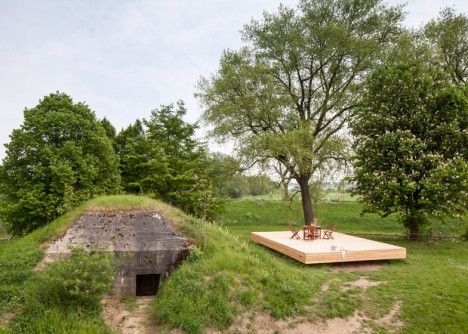
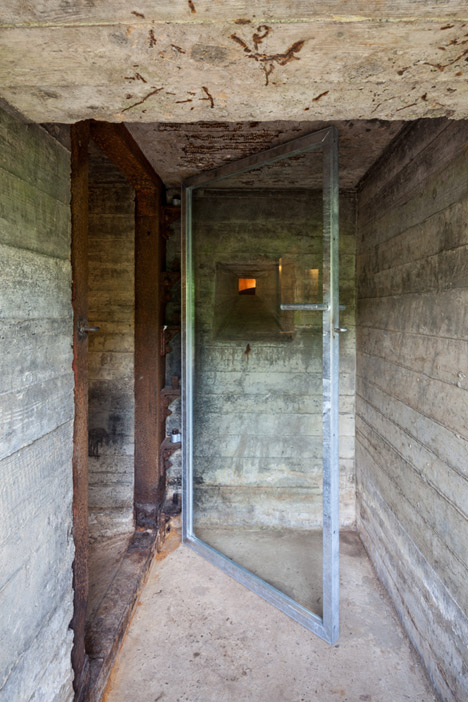
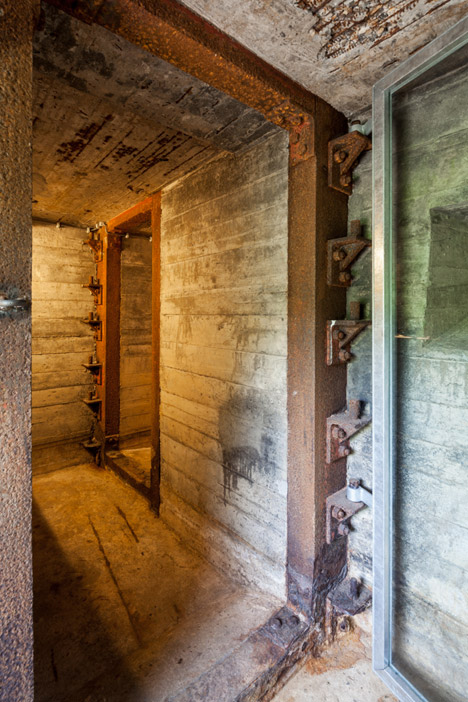
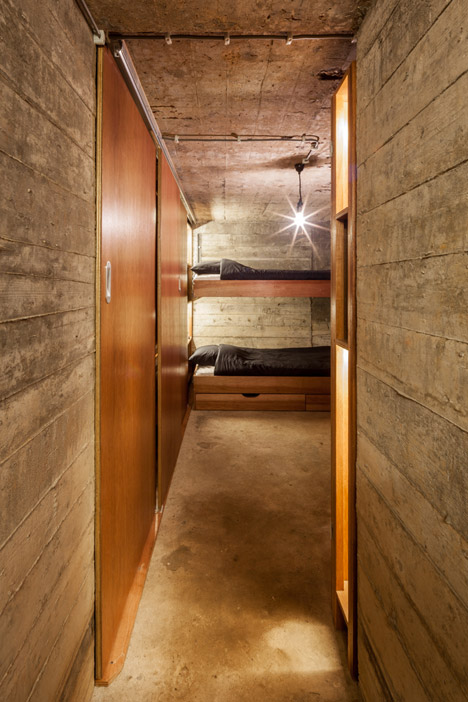
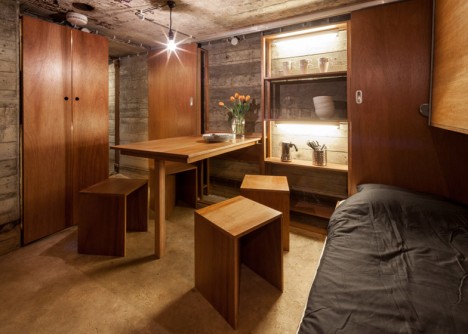
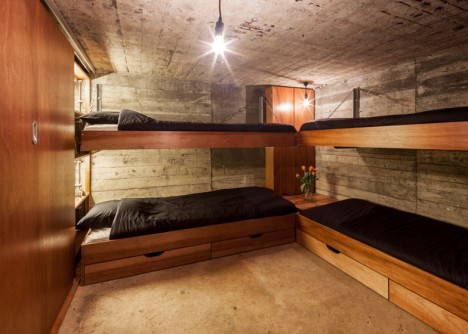
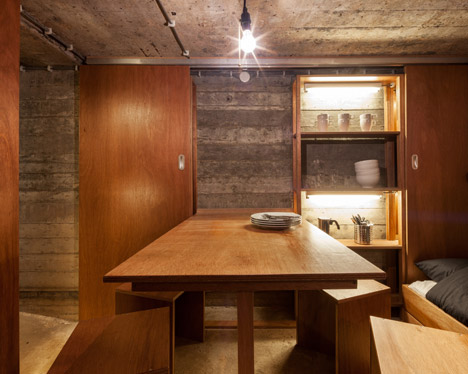
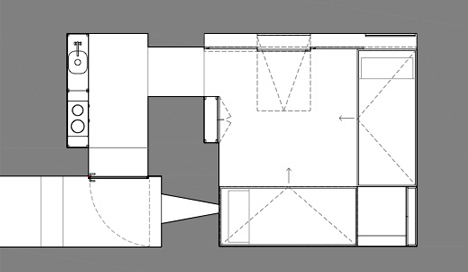
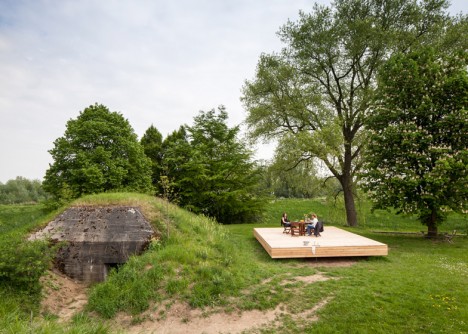

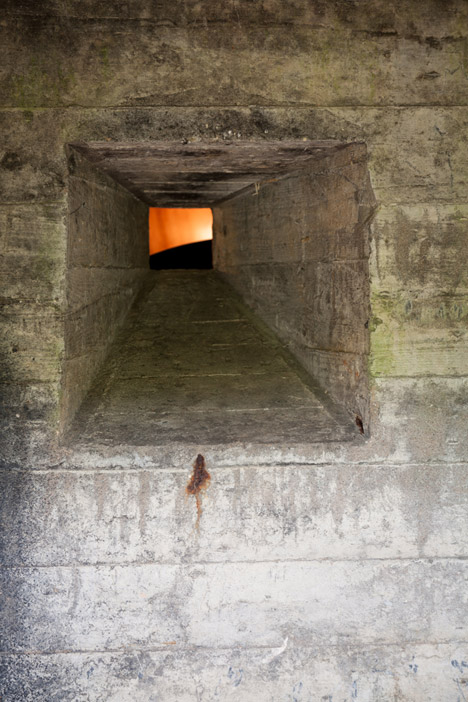
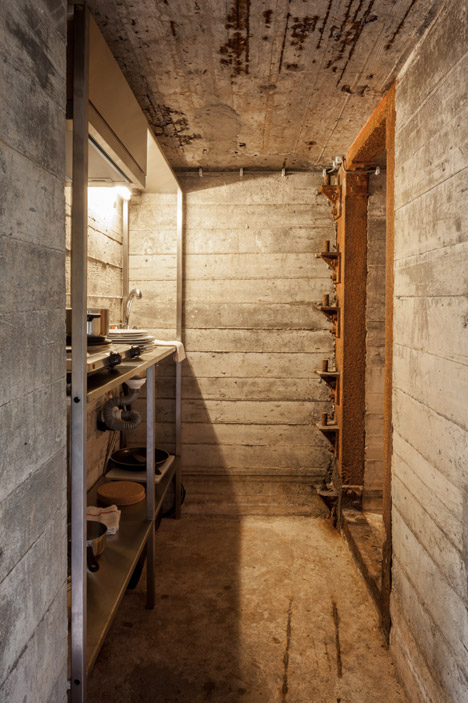

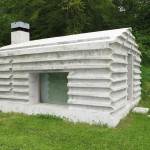
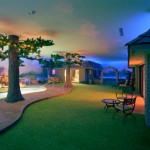





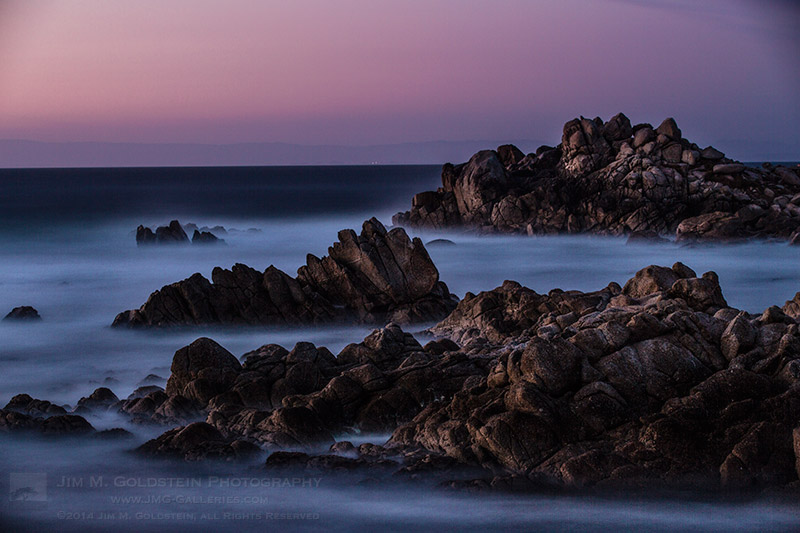
You must be logged in to post a comment.